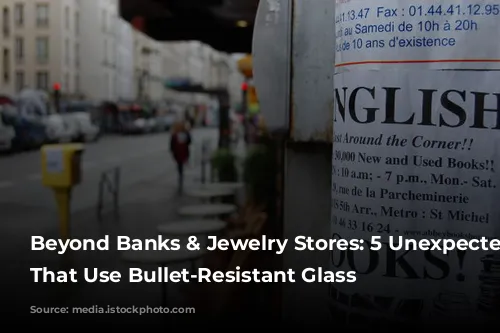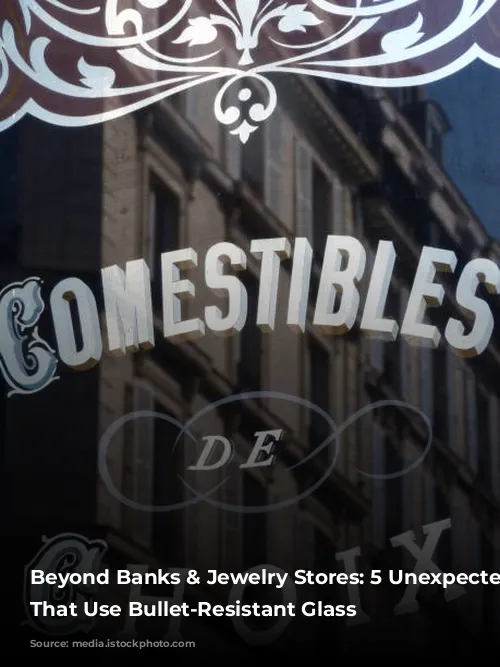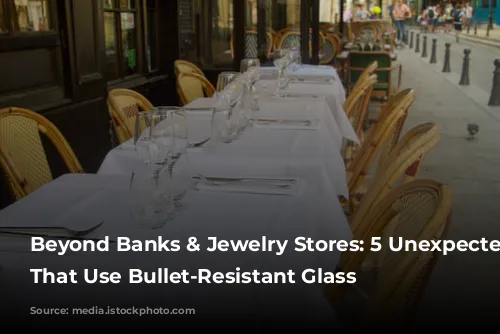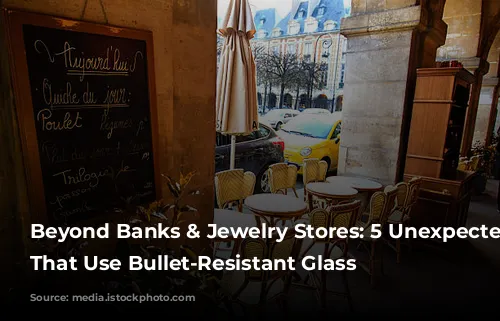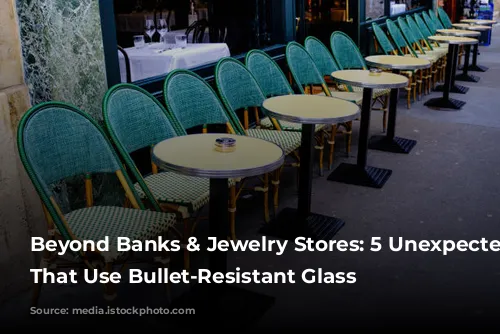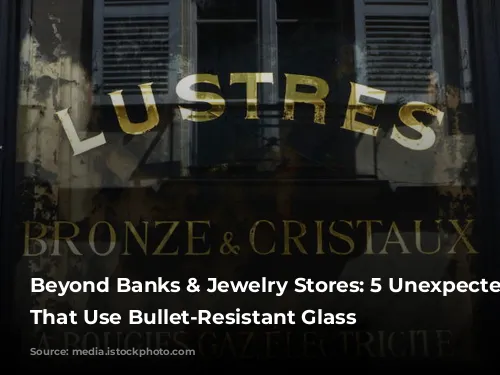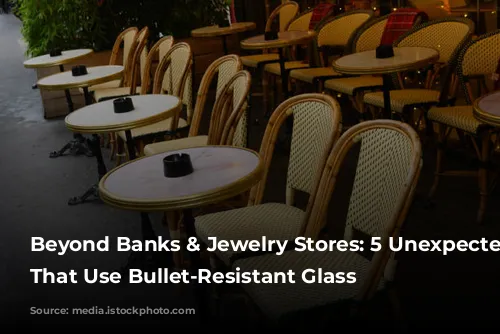Have you ever wondered what measures are taken to protect some of the world’s most iconic landmarks and famous individuals? You might be surprised to learn that bullet-resistant glass plays a surprisingly important role in protecting these locations and people from potential threats. It’s not just for banks and jewelry stores anymore!
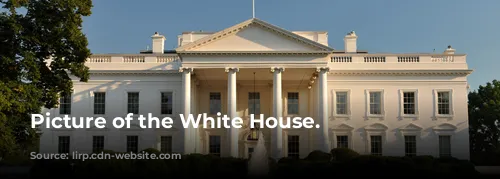
Fast Food Frenzy
You might be thinking that bullet-resistant glass is only used in high-security locations like banks or government buildings. But you might be surprised to know that KFC in Nottingham, UK, recently installed bullet-resistant glass to protect its staff from violent customers. This follows a similar measure taken in Detroit, USA, where bullet-resistant glass is becoming more common in fast-food restaurants due to the higher rates of gun violence. While bullet-resistant glass remains a rarity in UK fast-food outlets, it highlights the growing need for protection in unexpected places.
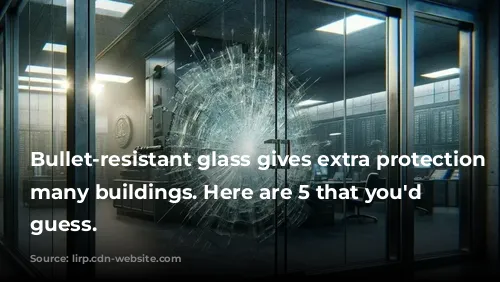
Protecting the Leader of the Free World
The White House, home to every US president since 1800, has a long history of security concerns. While security has tightened significantly since the assassination of President Garfield in 1881, bullet-resistant glass is a crucial element in modern presidential security. Many White House windows have been retrofitted with security glass to protect against potential threats. The type of glass used is a closely guarded secret, with the US government likely using high-tech, advanced materials that are unavailable to the public. The use of bullet-resistant glass for presidential security goes back even further, with President Franklin D. Roosevelt riding in an armored limousine with bulletproof windows as early as 1941. The assassination of John F. Kennedy in 1963 further solidified the use of armored vehicles and bullet-resistant glass for presidents. Since the late 1980s, bullet-resistant glass screens have become commonplace for presidential speeches, providing a layer of protection while still allowing for public engagement.

The Mona Lisa’s New Secret
Leonardo da Vinci’s iconic masterpiece, the Mona Lisa, has captivated audiences for centuries. But behind that enigmatic smile and captivating eyes, there’s a layer of bullet-resistant glass that’s been protecting the painting since the 1950s. After a visitor attempted to vandalize the painting by throwing acid at it, safety glass became a necessary protective measure. In 2019, the Louvre Museum upgraded the Mona Lisa’s protective glass to a newer, super-transparent version, ensuring the painting’s safety while allowing for an optimal viewing experience for visitors. This upgrade demonstrates that bullet-resistant glass can be both functional and aesthetically pleasing, seamlessly blending protection with accessibility.
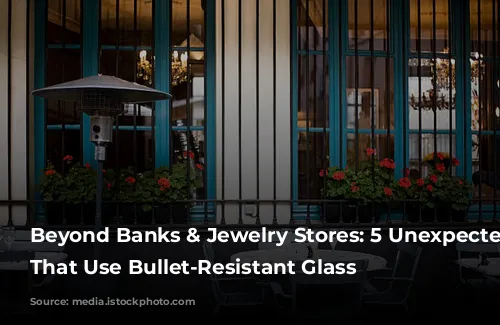
The Popemobile’s Evolution
While the image of the Pope riding through crowds in an open-air popemobile might be iconic, it wasn’t always the case. Before 1978, Popes were traditionally carried on a ceremonial throne known as the sedia gestatoria. After Pope Paul VI’s death, the popemobile emerged as a safer alternative, with many modern designs featuring bullet-resistant glass enclosures. This shift was prompted by the attempted assassination of Pope John Paul II in 1981, highlighting the importance of security in public appearances. The use of bullet-resistant glass allows the Pope to connect with large crowds without compromising his safety, showcasing how even seemingly traditional practices can evolve to meet evolving security needs.
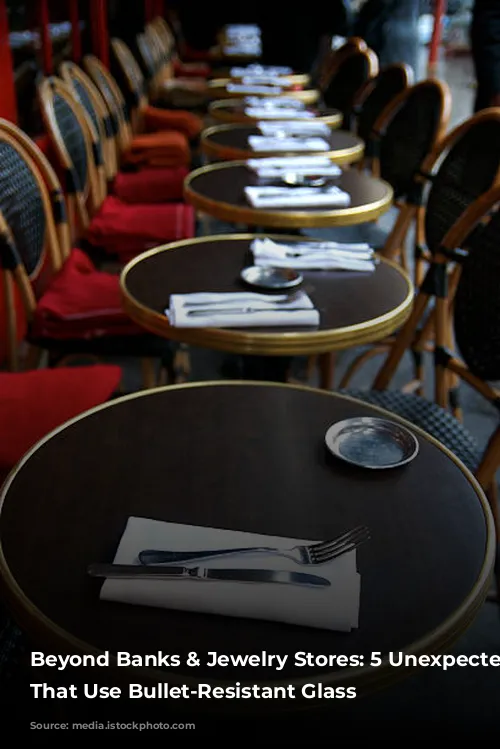
A Modern Fortress: The Eiffel Tower
One of France’s most recognizable landmarks, the Eiffel Tower, is a prime target for potential terrorist attacks. In 2018, the tower was retrofitted with bullet-resistant glass to enhance its security. The addition of ten-foot-high, two-inch-thick panels at the north and south ends, along with metal fencing on the other sides, replaced temporary barriers installed after terrorist attacks in 2016. This multi-million dollar investment demonstrates the critical importance of bullet-resistant glass in protecting iconic structures and ensuring the safety of visitors. While some have criticized the glass barriers for altering the tower’s aesthetics, others see them as a necessary precaution in an increasingly volatile world.
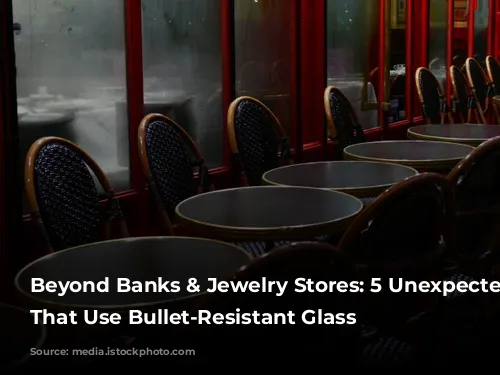
Bullet-Resistant vs. Bulletproof: A Technical Distinction
While the term “bulletproof glass” is often used, it’s important to understand that bullet-resistant glass is the correct terminology. There is no such thing as bulletproof glass because any type of glass can be penetrated by a sufficiently powerful bullet. The term “bullet-resistant” accurately reflects the fact that bullet-resistant glass can withstand a certain level of force, but its resistance varies depending on the glass’s thickness and the type of projectile used. Bullet-resistant glass is typically made of layers of glass or polycarbonate bonded with polymer interlayers, creating a strong, yet relatively lightweight and aesthetically pleasing material.
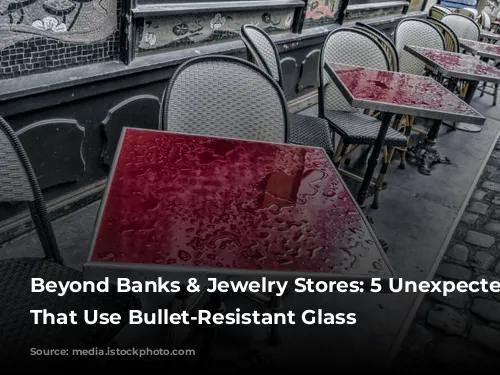
ToughGlaze: A Leader in Bullet-Resistant Glass
At ToughGlaze, we are committed to providing the highest quality bullet-resistant glass solutions, engineered to meet your specific needs. Our TG BR product is one of the thinnest and lightest bullet-resistant glass products on the market, meeting stringent regulatory standards and ensuring superior performance. If you require ballistic glass for your project, contact us today for a quick and competitive quote.
